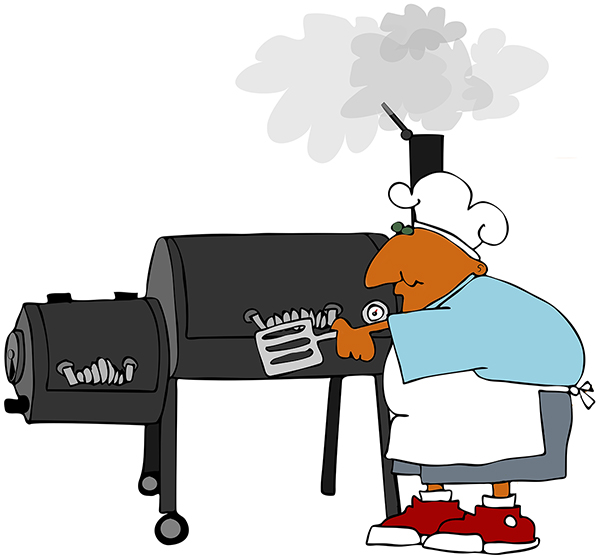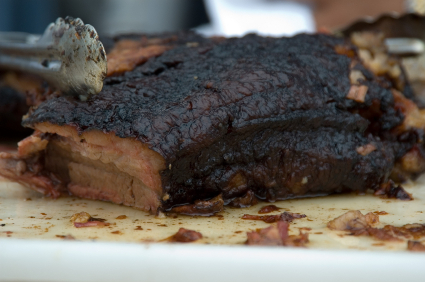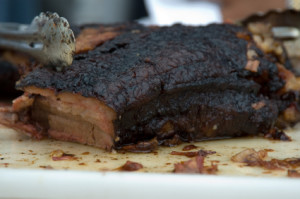Barbeque Brisket
Barbeque brisket has not always been as popular as it is today. Once thought to be an almost discardable piece of meat, brisket is now among the most loved cuts of beef. It is used in virtually all cultures and barbecue brisket is one of America’s favorite dishes. This salty, mild tasting culinary treat had very humble beginnings, but now enjoys a wealth of followers and respect.
Learn How to Cook Barbeque Brisket – Click Here
Generations ago when refrigeration was not an option, our forefathers would preserve perishable meats by coating them with salt crystals. Salting a slab of beef, or other meat, draws out the moisture and creates an environment unlikely to encourage the growth of bacteria. This process keeps the meat safe for consumption for a much longer period of time than meat left uncured. Soaking brisket in a brine solution of 10 percent salt is still the most common way of preparing this meat for cooking. Our ancestors had to preserve their “poor mans” meat in order to sustain a food supply in the winter, but today, we do it for the unmistakable taste.
Cut from the lower chest of the cow, the brisket is a tough, fibrous portion of muscle that has to be slow cooked in order to break the tissue down into a chewable consistency. Moist-heat or smoking are the usual, and preferred, methods for preparing a brisket, as corned beef or barbecue. Barbecue brisket is coveted as a prize in Texas and other parts of the South West. There are countless competitions annually that focus on the pursuit of award-winning barbecue, and brisket is by far the hardest to perfect. Its use as a load bearing muscle on the cow hinders its tenderness and only a master can conquer these obstacles and make the flavorful inside of the brisket come out.
The preparation process of cooking a brisket takes skill and patience. By far the most difficult task is finding a quality piece of meat with the right amount of fat left intact. Certified Angus, whole slabs of brisket are best for any cooking method as most of the fat will still be attached. The age of the meat plays a major role in final quality, as well. Aging the brisket for over 30 days will allow the tissue to become pliable enough for the salt-brine to really take effect and will produce the best tasting, most tender outcome. Next to finding the right cut of meat for barbecue brisket, seasoning is the most challenging part of making this culinary delight. Since the meat is already infused with salt, your seasoning mix has to account for this. Sea Salt and a dash of coarsely ground fresh peppercorn mix is usually a good bet as a rub, since once the slow roasting begins the natural infusion of flavor from the fat to the muscle will usually offer up tasty results.
Brisket is a tough cut to perfect but, with a little time and practice, it can become barbeque brisket and be a mouth watering, savory treat your taste buds will be asking for days after the leftovers are gone.



